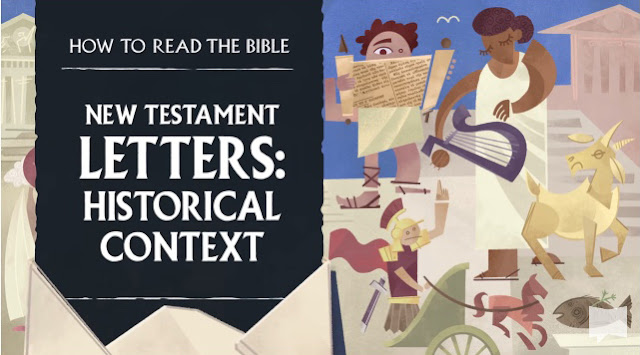There’s a common phrase people use at times when discussing a scripture passage that seems innocent enough but can have disastrous results. That phrase is “what it means to me.” We certainly should attach the Bible’s truth to our lives, however, we don’t have the authority to bend a passage’s meaning to fit our preference. It isn’t important what a passage means to me. What’s important is what it actually means. A passage has one meaning, and understanding the context can help us understand what that meaning is.
In the linked video below, the Bible Project does a beautiful job explaining the three parts of historical context that need to be considered in understanding the letters in the New Testament. As mentioned in a previous post, historical context is just one consideration in understanding a passage of the Bible. There is also the brief mention of the literary context in the video as well. But the main focus is on the 3 levels of historical context: scriptural storyline, cultural and situational contexts of the audience that received the New Testament letter.
As we read God’s Word, it’s important to understand what it truly means and then apply it to our lives as we live and love like Jesus.
Jon Price

